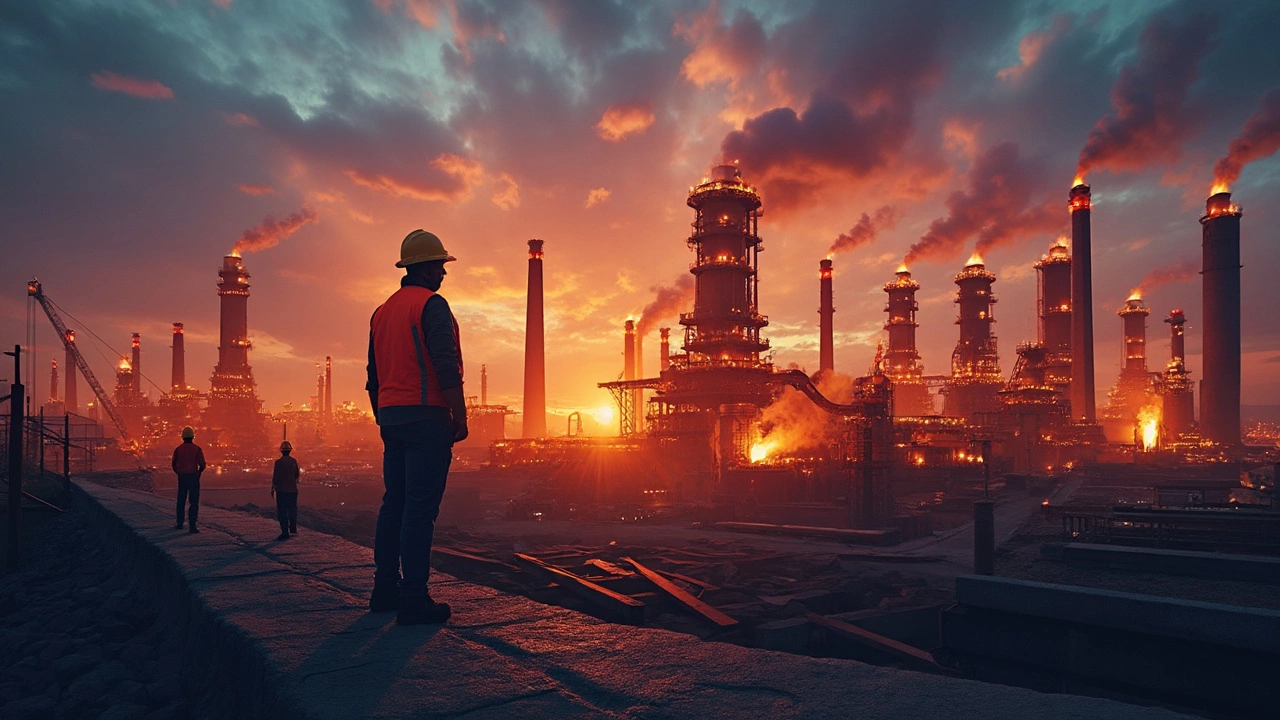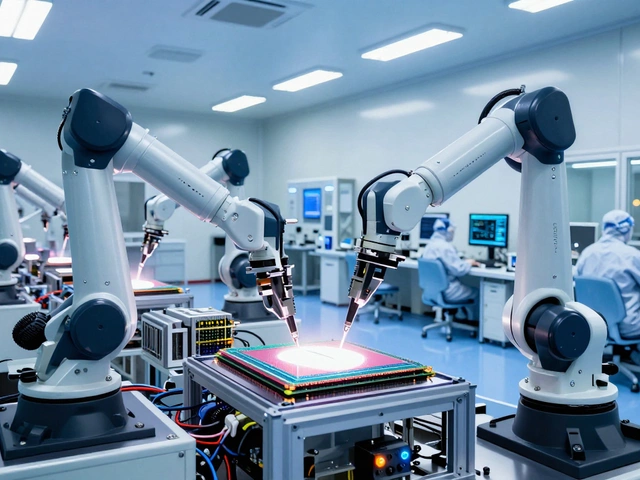Steel Ownership: Who Controls India's Steel Industry?
When you hear the word "steel," you might picture tall factories, heavy rods, and the roar of machines. But behind the steel you see on bridges or cars, there are owners making the big decisions. Knowing who holds the reins helps you understand why prices move, why new plants pop up, and what the future might look like for workers and investors.
India’s steel market isn’t run by a single giant. Instead, it’s split among a handful of companies that own most of the production capacity. These firms own the mines, the blast furnaces, the rolling mills, and the logistics that move the metal across the country. Their ownership stakes shape everything from raw‑material costs to export policies.
Big Players in Indian Steel
The first name most people recognize is Tata Steel. Started over a century ago, Tata now runs several integrated plants, a few modern mini‑mills, and a network of overseas assets. Their ownership mix includes public shareholders, the Tata family, and institutional investors. Because they control both iron ore mines and finished‑product facilities, Tata can smooth out price swings that hurt smaller rivals.
Next up is JSW Steel. JSW grew fast by adding new furnaces and buying smaller firms. Their shareholding is split between the founder’s family, global investors, and the market. JSW’s aggressive expansion means they often set the benchmark for capacity additions in the country.
Steel Authority of India Limited (SAIL) is the only major state‑owned player. The government holds most of its shares, making SAIL a tool for policy goals like job creation or regional development. While SAIL’s efficiency sometimes lags behind private rivals, its sheer size still influences overall supply.
Other notable names include Jindal Steel & Power, Rashtriya Ispat Nigam, and the newer players like Bhushan Steel and Vizag Steel. Each has a distinct ownership pattern, but together they command more than 80% of India’s total steel output.
What Ownership Means for the Market
When a few firms own most of the steel, they can affect prices more easily. If one big producer cuts output, the shortage can push prices up, hurting construction firms that rely on cheap steel. Conversely, when multiple owners coordinate on new capacity, the market often sees a price dip, which can be good for buyers but tough on smaller manufacturers.
Ownership also dictates how fast new technology spreads. Private owners, driven by profit, tend to invest in greener furnaces or automation quickly. State owners may move slower because they juggle social goals with financial ones. Understanding who owns which plant helps you predict which technologies will appear first.
For investors, ownership structure is a key risk factor. Companies with diversified shareholders usually have better access to capital, while those dominated by a single family might face governance challenges. Watching share‑holding changes – like a new foreign investor – can give clues about upcoming expansions or strategic shifts.
Workers also feel the impact. Large owners often offer better training, safety standards, and wage growth compared to tiny, fragmented mills. Knowing the ownership map helps labour groups push for better conditions where it matters most.
Finally, government policies are shaped by who owns what. The “Make in India” push, for instance, gave tax breaks to private steel firms that promised new capacity. At the same time, the government kept SAIL healthy to ensure regional development. Keeping an eye on ownership trends tells you which policies are likely to stick.
Bottom line: steel ownership isn’t just an academic term. It’s the engine behind price swings, technology adoption, job quality, and investment chances. By knowing the main owners – Tata, JSW, SAIL, and the rest – you can read the market signals more clearly and make smarter decisions, whether you’re buying steel, hiring workers, or investing money.
Who Owns the Biggest Steel Company? The Real Story Behind Steel Manufacturing Giants
Curious who really owns the world’s biggest steel company? This article digs into the leadership, history, and surprising facts about the steel industry’s top player. You'll get a close look at the rise of ArcelorMittal, what makes its owner tick, and how this company shapes global manufacturing. If you’re interested in steel plant operations or business empires, this read is for you. Plus, we share tips for following trends in the ever-changing steel world.
Read More




